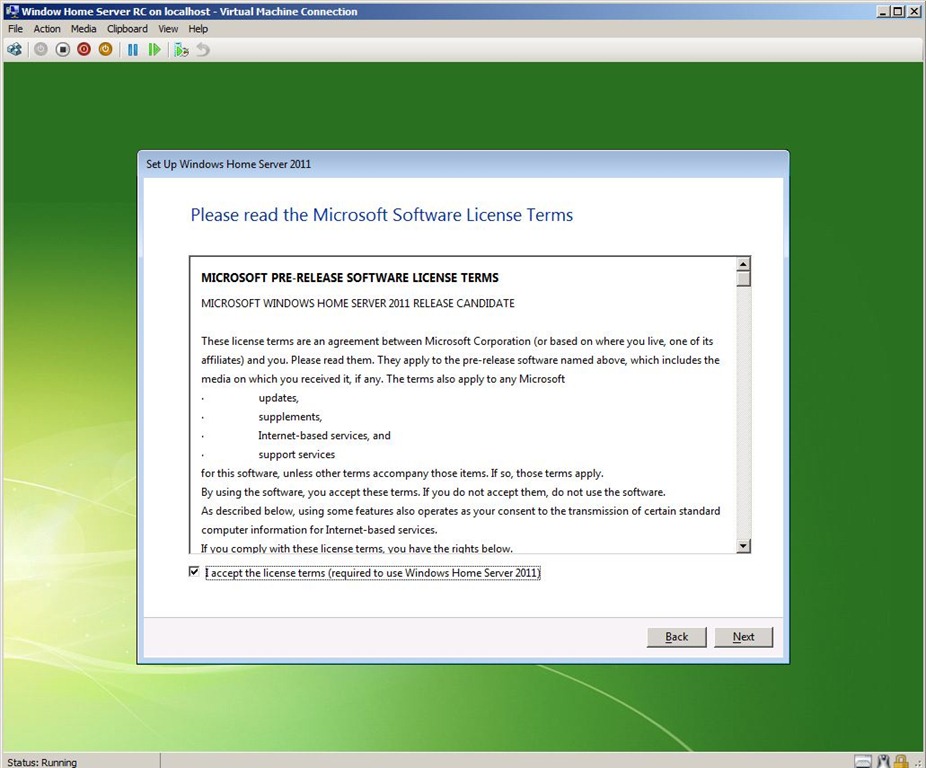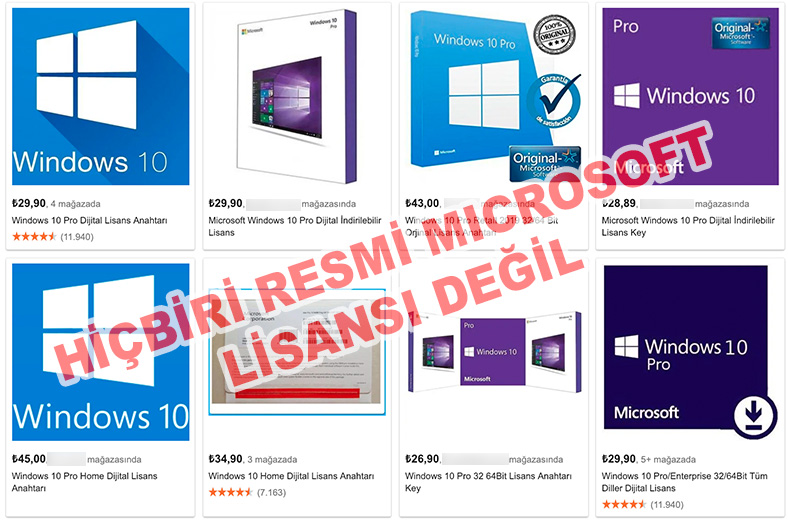

Folders on the pooled storage could also be selectively replicated, meaning that Drive Extender would ensure that copies of the files were found on multiple physical disks.įor a home fileserver, this is obviously a very handy capability. Conceptually, Drive Extender is quite simple: it allows multiple hard disks (regardless of interface or size) to be aggregated to provide a single large pool of storage. It does, however, have one special feature, a feature without any real equivalent in any other version of Windows, whether for desktop or for server. Much loved by its users, but never really making it as a mass-market success. As a result, Windows Home Server has remained a niche product. Windows Home Server does have some advantages-it had a management front-end that let the server be easily controlled remotely, and it is based on Windows Server 2003 to slim down its own hardware demands-but for the most part, it isn't doing anything too unusual. In practice, most of these things can be done perfectly well with a normal desktop version of Windows.

We'd use these home servers as a place to back up our PCs, share files and printers across our home networks, stream media to our Xboxes, and gain remote access to our files when away from home. The company's ambition when developing the product was to have us all run little home servers: small, low-power, appliance-like machines with some network connectivity and gobs of storage. Microsoft's Windows Home Server is a funny little product.


 0 kommentar(er)
0 kommentar(er)
